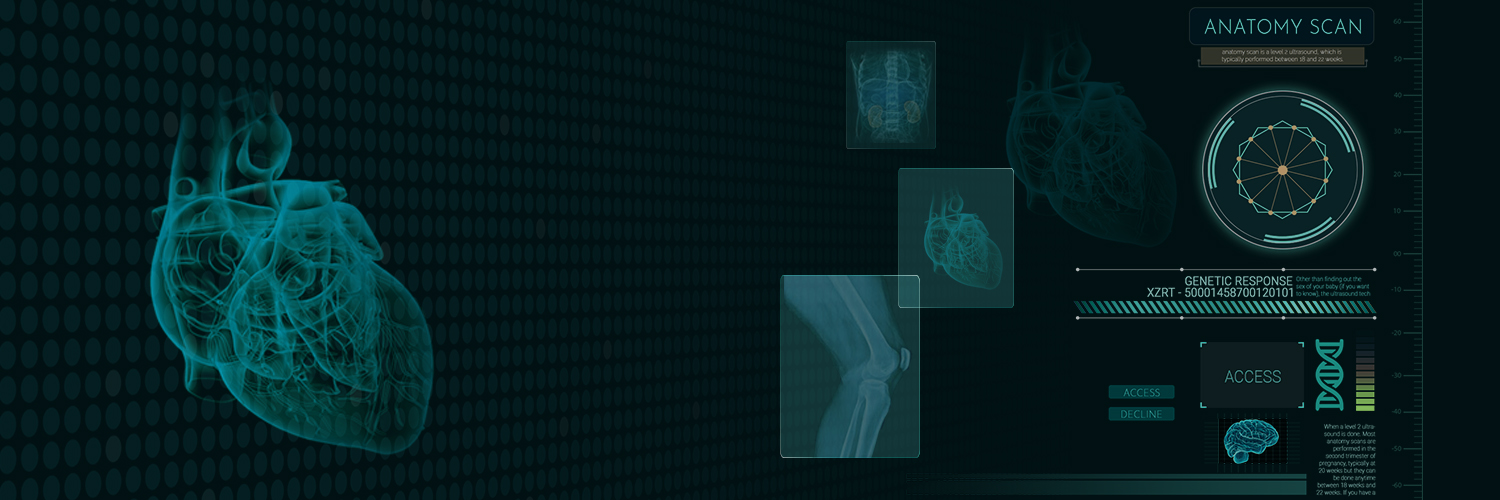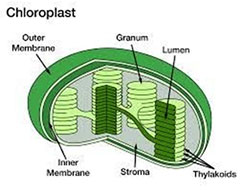
Mitochondria could be defined as small free floating organelles throughout the cell. They act as the power plants of the cell hence called the powerhouse of the cell. The mitochondria (singular: mitochondrion) are tiny bodies of varying shapes (cylindrical, rod-shaped, spherical) and size 90.2mm to 2mm), that are distributed in the cytoplasm. They are organelles that act like a digestive system and fill the cell with energy. They take in nutrients, break them down and generates energy-rich molecules for the cell. The biochemical processes of the cell are known as cellular respiration, many of which occur in the mitochondria.
Certain cells like muscles have several thousands mitochondria while others like neurons have none. This is because muscle cells require a lot of energy, while neurons which are basically cells that transmit nerve impulses do not need many. If a cell is not getting enough energy to survive, more of it is created and hence, the number of mitochondria present in a cell is based on the organism needs.
Structure
The structure of mitochondria is such that their productivity is maximized. Each mitochondrion is bounded by a double membrane envelope where the outer membrane is porous while the inner membrane is thrown into folds and these folds are called cristae. There are also structures called granules which control the concentration of ions. The have their own genome and also happen to divide independently of the cell in which they reside. This means that mitochondrial replication is not coupled with cell division. The fluid contained in the mitochondria is called the matrix which are special because they have their own ribosomes and DNA that float in the matrix. Some of these features are holdovers from the ancient ancestors of mitochondria, which were likely free-living prokaryotes.

Functions:
Mitochondria are sires of cellular respiration. They use molecular oxygen from air to oxidise the carbohydrates and fats (lipids) present in the cell to carbon dioxide and water vapour. Oxidation releases energy, a portion of which is used to form ATP (adenosine triphosphate). Since the mitochondria synthesize, energy-rich compounds (ATP), they are known as ‘power house’ of the cell. The energy stored in ATP is used by the cell.
Plastids occur in most plant cells and are absent in animal cells. Like the mitochondria, the plastids also have their own genome (i.e, DNA) and ribosomes.
Chloroplasts are present in green algae and higher plants. They have a green pigment called chlorophyll and they are involved in the photosynthesis of food. So chloroplasts are the “kitchens of the cells”. Each chloroplast is bounded by two unit membranes like the mitochondria. It shows two distinct regions.

1. Grana are stacks of membrane bounded, flattened discoid sacs (called thylakoids) containing the molecules of chlorophyll. They are the main functional units of chloroplast.
2. Stroma is the homogeneous matrix in which grana are embedded. Stroma contains a variety of photosynthetic enzymes, starch grains, DNA and ribosomes. Stroma lamellae connect the stacks of thylakoid sacs. Photosynthesis occurs by two reactions: light reaction and dark reaction. Light reaction occurs in grana while dark reaction takes place in the stroma of chloroplasts.
Plants obtain energy from the sun and food in the form of sugar is prepared through the process of photosynthesis. Light energy is converted into the chemical energy when sun’s energy reaches the chlorophyll molecules of chloroplasts, and this energy is found in compounds such as ATP and NADPH. These compounds are rich in energy. They move into the stroma where carbon atoms from carbon dioxide molecules are fixed by enzymes. These molecular reactions create sugar and release oxygen.
Functions:
Plastids perform the following functions: